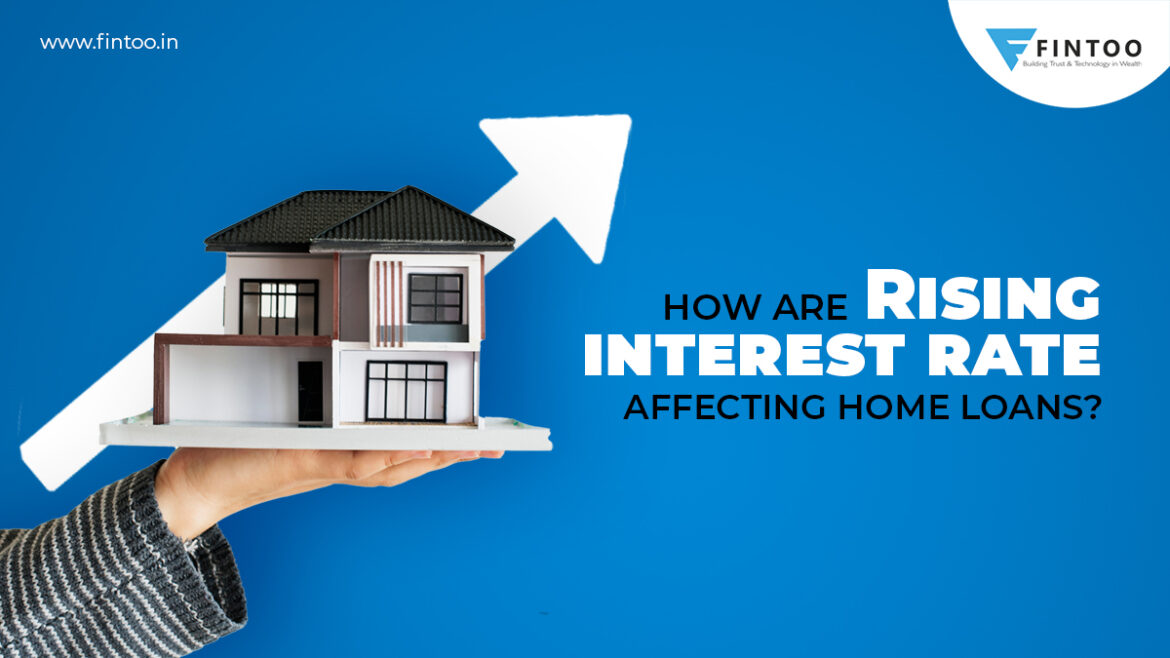

Here’s an interesting tradition related to houses.
Many people follow the practice of painting their front door red. In America, it is done to radiate a welcoming energy and to symbolize that it is a safe place for travelers to stop by. In Ireland, a red door is believed to ward off evil spirits while in Scotland, doors are painted red once the owners have paid off their mortgage.
Homes have always carried a sentimental value no matter which country you live in. Even though a house is a necessity, it still needs a lot of planning and savings to own a desired one. And once you get your own place to live in, you might want to invest in another one since land is an appreciating asset that has always stood the test of time.
Yet as we mentioned earlier, housing is a costly affair, and to be able to achieve the dream of living in your own house with your family, having enough space to host gatherings and get-togethers for your loved ones might be difficult to achieve in a short span of time. So, you do the same thing any other person would do. Resort to home loans.
Now, if you have taken a home loan, you need to broaden your financial view to efficiently manage your EMIs. So, here’s the bigger picture. Interest rates are currently rising as the RBI has increased the repo rate to 5.90% on 30th September 2022. The repo rate hike has caused banks to shift their burden of borrowing costs towards loan holders. This has started impacting borrowers in terms of high-interest costs.
Yet many loan holders believe that this does not affect them as banks tend to increase the tenure of loans instead of EMIs during a rise in the interest rates. However, this only pushes you deeper into the debt trap and causes you to spend on huge interest costs.
Let us understand this with an example.
So, let’s say you have a loan of ₹50,00,000
loan tenure: 20 years
Interest Rate: 7% p.a.
EMI: 38,765 p.m
Total Interest paid: 43,03,587 (This is your interest cost)
But when it comes to raising the interest cost, banks usually do not increase your EMI, instead, they will increase your loan tenure. And just because it’s not affecting your cash flow because your EMI remains the same, you get an impression that it is not affecting your interest cost as a whole.
Case 1: Interest rate rises to 8.5% and EMI remains the same
Loan Amount: 50,00,000
Loan Tenure: 28.9 Years
Interest Rate: 8.5% p.a
EMI: 38,765 p.m
Total Interest paid: 84,50,166
This will lead to rising interest cost by 41 lakhs approx. making the total cost 84.5 lakhs.
Case 2: Interest rate rises to 8.5% and tenure remains the same
Loan Amount: 50,00,000
Loan Tenure: 20 Years
Interest Rate: 8.5% p.a.
EMI: 43,391 p.m. – increases by 4-5K
Total Interest paid: 54,13,879
Interest cost rises by – 11.10 lakhs
Save interest cost of 30.36 lakhs by increasing your EMI instead of tenure.
What should you do to save this interest cost?
If your cash flow permits, increase your EMI as much as possible to keep the tenure the same.
What are some other methods to save interest cost?
- Refinance. You can check with your banks and financial institutions and what is the interest rate that they are offering and if your CIBIL score is good, try to negotiate to reduce your interest cost. You can do this successfully if your CIBIL score is good.
- Part Repayments of your loans can reduce overall interest costs over the period.
Some strategies one can follow for part repayment:
Let’s assume you have taken a loan of 50 lacs for 25 years having an interest rate of 8.5%. So, your monthly EMI would be approximately Rs. 40k, and the total interest paid in 25 years would be around Rs. 71 lakhs.
1) If you choose to pay extra EMI every year, you will end up saving 17 lakhs of the interest cost
- To repay an extra EMI every year, make sure to step up your savings to avoid any financial burden. Because along with saving around 17 lakhs of interest cost, you will also be able to repay your home loans sooner i.e., at least 5 years early.
2) Similarly, supposing that there is an increase in your income, you can increase your EMI by 5% every year. This way you can save up to 32 lakhs of interest.
- Instead of 25 years, you will be able to repay your loan in around 13.5 years i.e., 11.5 years early. Hence you would save interest up to Rs. 32 lakhs. Prepayments can go a long way towards reducing your home loan debt.
3) Lastly make a lump-sum payment. For instance, if you make a payment of Rs. 1 lac p.a., you can save 30 lakhs of interest cost and repay your home loan 9 years early.
- If you feel that increasing your EMIs is a difficult alternative, consider using your annual bonuses to become debt free early. For e.g., if you repay additional Rs. 1 lakh per year along with your EMIs, your loan will be paid off in around 16 years instead of 25 years making you save 30 lakhs of the interest cost.
These strategies can help you reduce your home loan burden. Make sure to pick the right method that will suit your financial needs and goals. And if you still have any queries, consult a financial advisor to get personalized guidance on which method will work best for your financial portfolio.
You can also watch the video below to hear our finance expert help you understand the entire interest rate scenario and explain everything you need to consider before taking a loan.
Disclaimer: The views expressed in the blog are purely based on our research and personal opinion. Although we do not condone misinformation, we do not intend to be regarded as a source of advice or guarantee. Kindly consult an expert before making any decision based on the insights we have provided.
Related Posts
Stay up-to-date with the latest information.


